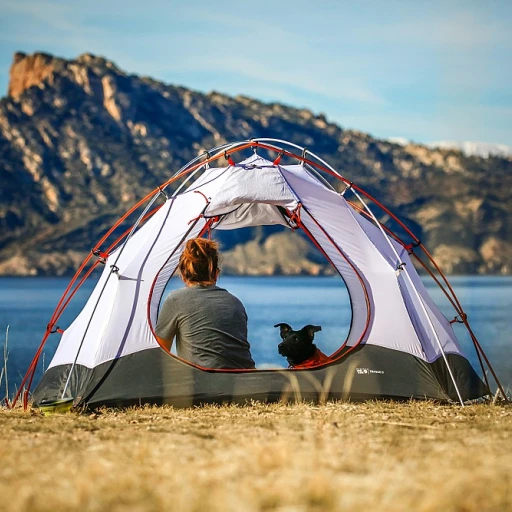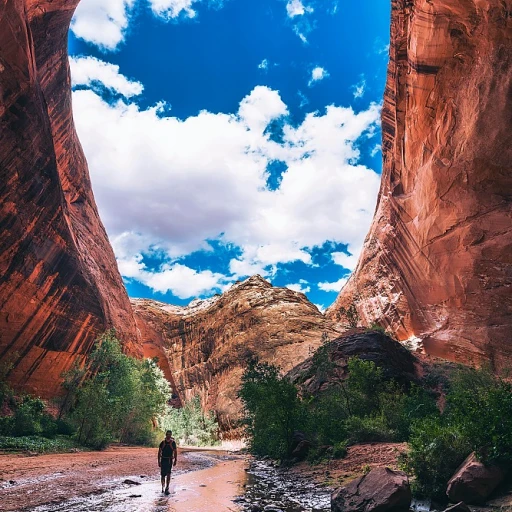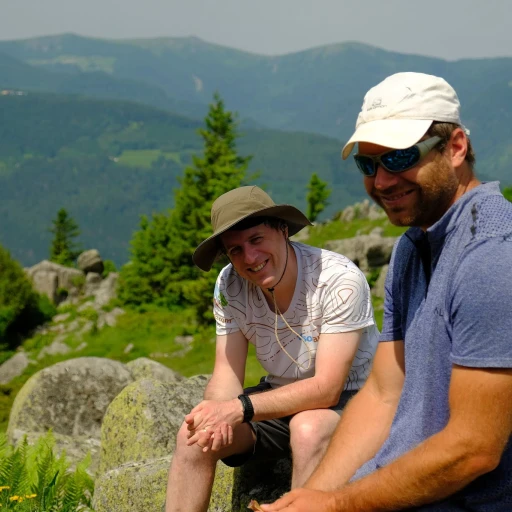
Introduction to Patagonia: A geographical overview
A closer look
Geographical boundaries
Stunning highlights
The remote allure
The Argentine side: Key highlights
Key attractions in Argentine Patagonia
Argentine Patagonia is home to some of the most breathtaking landscapes and natural wonders you'll find anywhere. For starters, Los Glaciares National Park is a must-see. This UNESCO World Heritage site boasts over 40 major glaciers, with the famous Perito Moreno Glacier being the standout. What's unique about Perito Moreno is that it is still advancing, unlike most glaciers worldwide. Visitors can witness calving events, where chunks of ice crash into the water below—a sight not soon forgotten.
Then there’s Fitz Roy, a mountain that attracts climbers from all over the globe. The jagged peaks and serene lakes around it, such as Laguna de los Tres, make it a haven for hikers and photographers alike.
Don't miss out on Península Valdés, a coastal nature reserve where you can see everything from southern right whales and elephant seals to orcas chasing sea lions right onto the beach. The area is also a UNESCO World Heritage site and plays a significant role in marine biology research.
Charming towns and cities
For those who want to mix in some culture with their natural exploration, Argentine Patagonia offers various charming towns and cities. Bariloche, in the Lake District, offers breathtaking views, chocolate shops, and German-inspired architecture. It’s a great base for exploring the lakes and mountains in the surrounding region.
El Calafate serves as the gateway to the Los Glaciares National Park. The town is built around tourism, with plenty of hotels, restaurants, and shops. For a quieter, more relaxed experience, try visiting El Chaltén, known as the hiking capital of Argentina. It’s a starting point for trails leading up to Mount Fitz Roy and other scenic spots.
Historical and cultural insights
Argentine Patagonia is steeped in both gaucho and indigenous history. The Mapuche and Tehuelche peoples have inhabited this land for thousands of years, and their influence is still evident in the art and culture of the region. Historical museums and indigenous craft markets offer a deeper understanding of this heritage.
The history of European exploration is also palpable. Explorers like Ferdinand Magellan, who first navigated the strait that now bears his name, and Charles Darwin, who traveled here aboard the HMS Beagle, are essential figures in the region's storied past.
Make sure to read the next part of our series to learn about the equally enthralling attractions of Chilean Patagonia.
Exploring Chilean Patagonia
Unveiling the magic of Chilean Patagonia
Chilean Patagonia, the less frequented cousin of Argentine Patagonia, offers unparalleled beauty and adventure for those willing to explore its remote corners. Stretching across the southern region of Chile, it encompasses some of the most breathtaking landscapes on the planet. The Patagonian region is widely known for its rugged terrain, stunning national parks, and exciting outdoor activities.
Torres del Paine National Park
A crown jewel of Chilean Patagonia, Torres del Paine National Park is a UNESCO Biosphere Reserve renowned for its towering granite peaks, sprawling glaciers, and vibrant blue lakes. The park covers around 700 square miles and is a must-visit for any adventurer. According to data from CONAF (Corporación Nacional Forestal), the park attracts over 252,000 visitors annually.
One of the best known treks in this area is the W Trek, a challenging but rewarding hike offering views of the stunning Torres del Paine, the breathtaking Grey Glacier, and the picturesque French Valley. Many trekkers rank this as one of the top 10 hikes in Patagonia.
Puerto Natales: The gateway to adventure
Puerto Natales serves as the main gateway to Torres del Paine National Park. This charming town is located on the Señoret Channel, offering picturesque vistas and a unique cultural experience. Travelers often find essentials, book tours, and gather information about the region here. According to regional tourism reports, Puerto Natales has seen a steady increase in tourist visits by almost 20% over the past five years, highlighting its growing popularity among adventurers.
The mesmerizing Southern Patagonian Ice Field
The impressive Southern Patagonian Ice Field, spanning around 13,000 square kilometers, is the second largest non-polar ice field in the world. It extends into both Chile and Argentina, offering spectacular views and thrilling opportunities for trekking and glacier exploration. The Perito Moreno Glacier, one of the most famous glaciers in the area, is accessible from El Calafate on the Argentine side, but the ice field's vastness is truly best appreciated from the Chilean landscape as well.
Cultural and historical landscapes
Chilean Patagonia isn't just about natural wonders. The region is rich in cultural heritage, from the ancient rock paintings in Cerro Castillo National Park to the history of the indigenous Aonikenk people. Exploring these sites provides a deeper understanding of the area's history and the way of life of its earliest inhabitants.
For more details on how to plan your next adventure in Chilean Patagonia, check out this guide on planning your adventure.
The significance of Tierra del Fuego
Understanding the legend of tierra del fuego
tierra del fuego, literally meaning 'Land of Fire,' is a fascinating subregion at the southernmost tip of South America. It's an archipelago, divided between Chile and Argentina, and its southernmost islands touch the shores of the famous Beagle Channel. The region gets its fiery name from the sightings of bonfires made by the indigenous Yahgan people, which European explorers noticed from their ships.
The role of ushuaia and the beagle channel
Ushuaia, often referred to as the southernmost city in the world, is the main gateway to Tierra del Fuego. It's a bustling port city, attracting thousands of tourists every year who are eager to explore the rugged landscapes, including the dramatic Andes that run through the island. From here, visitors can embark on boat tours through the Beagle Channel, where they can spot a wide array of wildlife, from seals to penguins.
The significance of cape horn
Cape Horn, down at the southernmost tip of Tierra del Fuego, is one of the most storied maritime landmarks. It marks the northern boundary of the Drake Passage and is infamous among sailors as one of the most treacherous sea routes due to its harsh weather conditions. Historical records from the National Maritime Museum in Chile point out that many ships wrecked while attempting this passage.
The diverse wildlife of tierra del fuego
The diversity of wildlife in Tierra del Fuego is astonishing. The region is home to a unique mix of fauna, partly due to the convergence of the Pacific and Atlantic Oceans. You can encounter the Magellanic penguin colonies, sea lions lounging on rocky outcrops, and even Andean condors soaring above. Emilio Fernando Gonzalez, a noted biologist, published extensive studies highlighting the importance of this region for marine biodiversity.
Historical and archaeological treasures
Beyond its natural splendor, Tierra del Fuego holds significant anthropological importance. Excavations in the area uncovered evidence of early human settlers dating back thousands of years. The Museo del Fin del Mundo in Ushuaia displays artifacts and offers insights into the life of the Yamana and Selk'nam people who originally inhabited the region.
Tips for visiting tierra del fuego
If you're planning to visit, it's essential to understand the climate. The weather can be quite unpredictable and harsh due to the southern latitude. The best time to visit is during the austral summer, from December to February, when temperatures are warmer. Puerto Williams and Punta Arenas are excellent starting points for exploring the Chilean side of Tierra del Fuego, while Ushuaia serves as the main hub on the Argentine side.
Patagonia's climate and best times to visit
Seasons and their quirks
Patagonia's climate can be as fierce as its landscapes are breathtaking. This southern gem stretches across both Argentina and Chile, spanning latitudes that bring everything from dense forests to vast arid steppes. Consequently, the climate varies significantly from one region to another. The summer months from December to February are the most popular for visitors. During this time, temperatures can reach a comfy 12-20°C (54-68°F) in many areas, particularly in Argentine Patagonia. These months grant longer daylight hours, ideal for exploring iconic spots like Perito Moreno Glacier or embarking on multi-day treks such as the Torres del Paine Circuit. Expert Emilio Fernando Gonzalez highlights, 'Summer is undoubtedly the best time for hiking as paths are clear, and weather is friendlier.' However, if you're keen on capturing Patagonia's beauty minus the crowds, consider visiting in shoulder seasons, like September-November (spring) or March-May (autumn). Fall brings about a dazzling display of foliage with fewer tourists around. The downside is that some remote paths can be subjected to sudden snowfalls or rain showers, demanding preparation and a keen check on weather updates. Winter months— June through August— present a whole different Patagonia. With temperatures plummeting to -2°C (28°F) or even lower, it's freezing but offers tranquil, often snow-covered landscapes. Only a few brave the elements during this time, but skiing around Bariloche or venturing into the quiet parts of Tierra del Fuego can be incredibly peaceful. 'Winter hikes are magical but ensure you're thoroughly equipped,' advises Fernando Gonzalez Diaz, an experienced Patagonian guide.The unpredictable patagonian wind
No matter the season, one element remains a constant companion in Patagonia—the wind. Buffeting gusts can reach speeds up to 120 km/h (75 mph) and often catch the uninitiated off guard. This means layers and windproof gear are absolute must-haves for a comfortable journey. Many a hiker has had a less-than-pleasant experience due to underestimating this relentless force of nature.Best time for specific activities
Different periods are better suited for distinct activities:- Trekking: Opt for summer or early autumn.
- Wildlife watching: Spring is prime for seeing newborns and their mothers.
- Photography: Fall paints the landscape with rich hues, making it a photographer's paradise.
Wildlife and biodiversity in Patagonia
A rich array of Patagonia's wild residents
Patagonia boasts a diverse wildlife population that is as expansive as its captivating landscapes. From the majestic Andean condor, with its mighty wingspan of up to 3.3 meters, to the elusive puma prowling the rugged terrains, the region is a haven for nature enthusiasts. Did you know that the iconic guanaco, a relative of the llama, roams freely across this vast expanse? These graceful creatures are often seen amidst the windswept plains, offering a quintessential Patagonian sight.
Avian abundance: Birds of Patagonia
Bird watchers are in for a treat in Patagonia. The region is home to over 500 bird species, making it a birding paradise. You might spot the striking Magellanic penguin colonies during your visit to coastal areas such as Punta Arenas and Puerto Natales in southern Chile. Additionally, the austral parakeet, the world's southernmost parrot, can be found fluttering around the Andean forests.
Marine marvels in Patagonia
The coastal fringes of Patagonia, especially around Tierra del Fuego and the southern Chilean fjords, are teeming with marine life. Humpback and southern right whales migrate through these waters, while playful sea lions and sleek leopard seals bask on the shores. Don't miss the chance to see the Commerson's dolphins, identifiable by their unique black-and-white markings, darting through the waves.
Protected areas: National parks and reserves
Patagonia's rich biodiversity is safeguarded by numerous national parks and reserves. The renowned Torres del Paine National Park in Chile and Argentina's Los Glaciares National Park are exemplars of conservation efforts. These protected areas, covering millions of hectares, ensure the preservation of unique flora and fauna, offering visitors an immersive nature experience. The establishment of Patagonia National Park is another significant step towards conserving this precious ecosystem.
Challenges and conservation efforts
Despite the abundant wildlife, Patagonia faces ecological challenges, such as habitat loss and climate change. Conservationists like Emilio Fernando Gonzalez and organizations like the Patagonian Ecological Institute are instrumental in preserving these treasures. They implement initiatives aimed at restoring native flora and fauna, promoting sustainable tourism, and partnering with local communities to foster an environment-friendly coexistence.
A call to experience Patagonia responsibly
Visiting Patagonia offers a unique opportunity to witness one of the most pristine natural environments on Earth. As Fernando Gonzalez Diaz, an expert in Patagonian biodiversity, emphasizes, “We must cherish and protect this natural wonder while appreciating its boundless beauty.” Ensuring your travels are eco-friendly helps conserve this unparalleled wilderness for future generations.

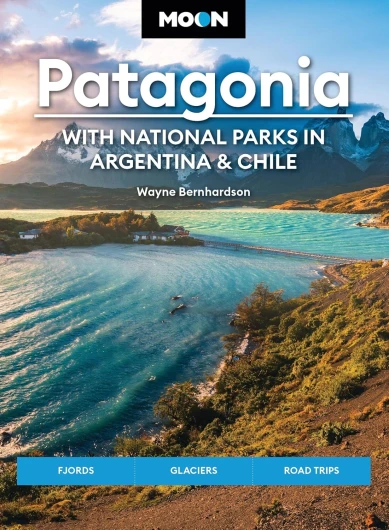
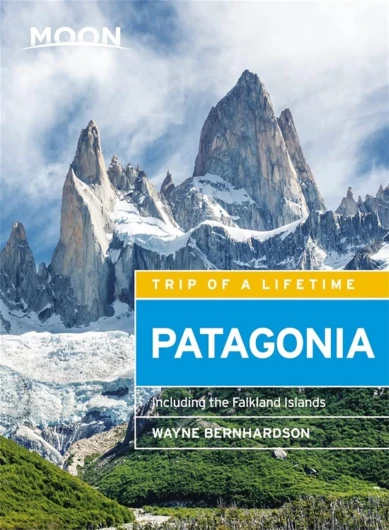

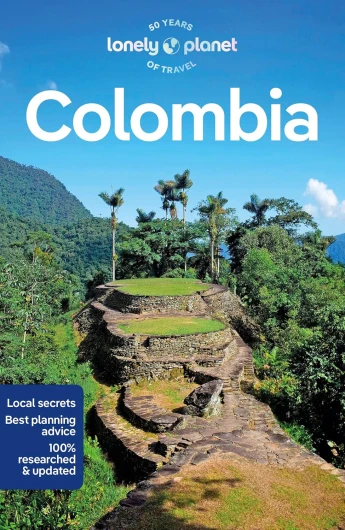
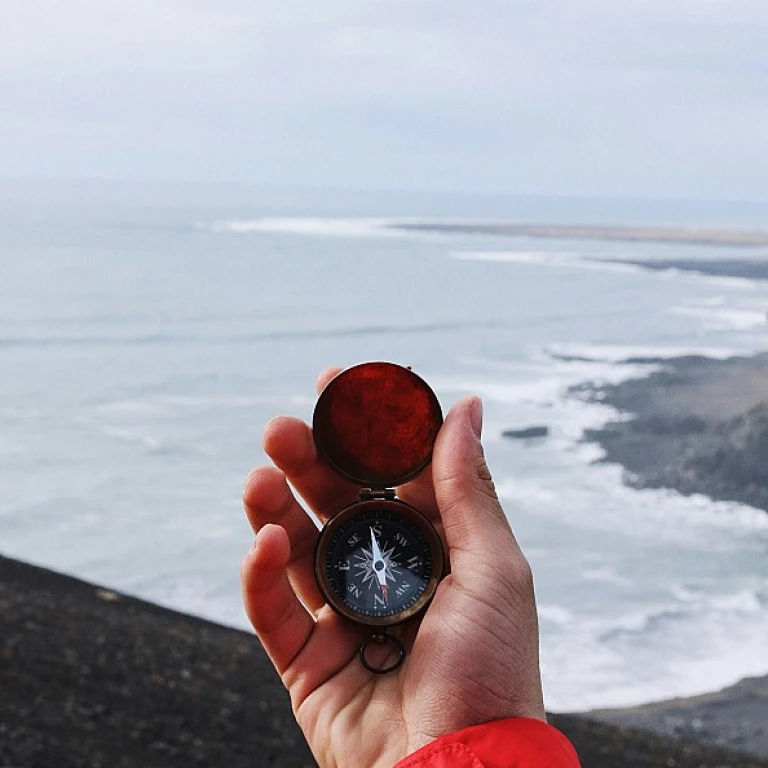
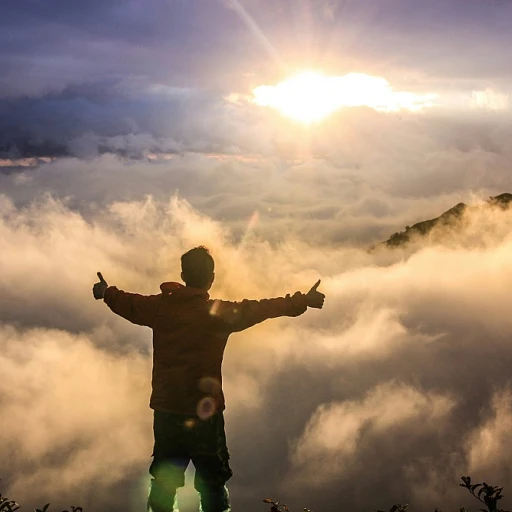
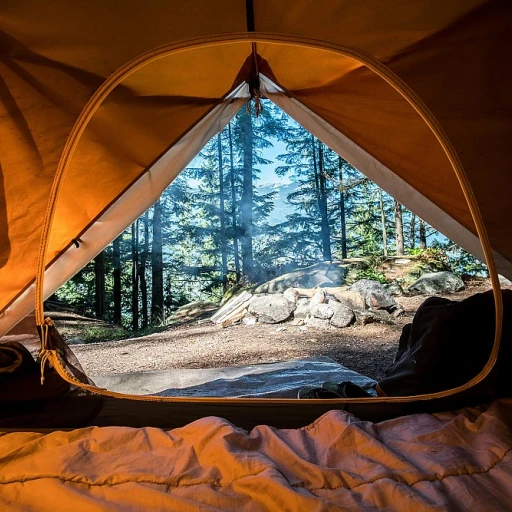
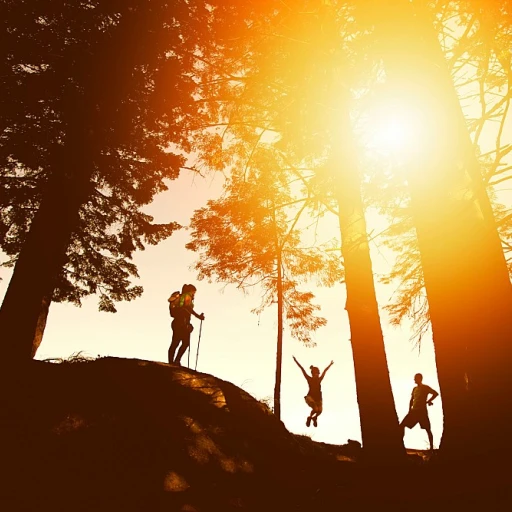
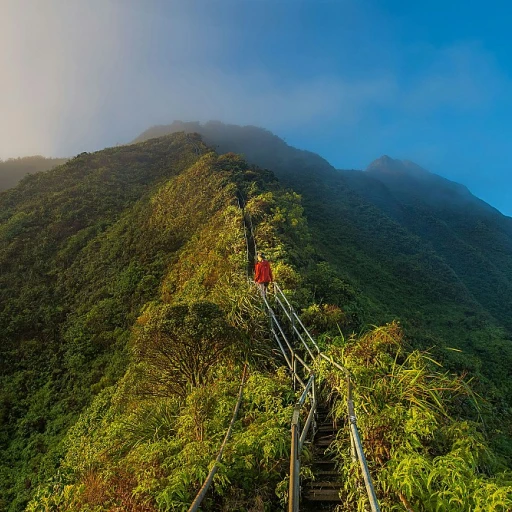
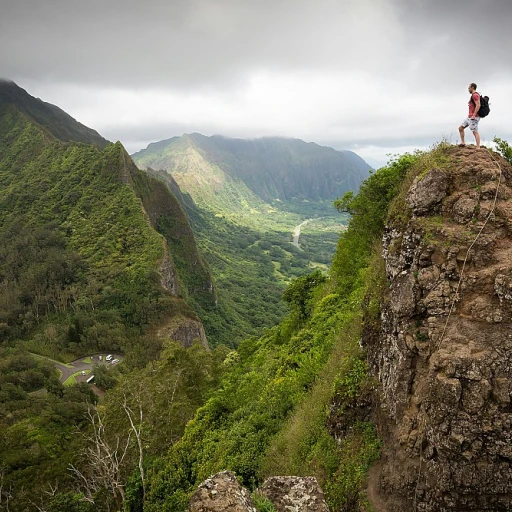
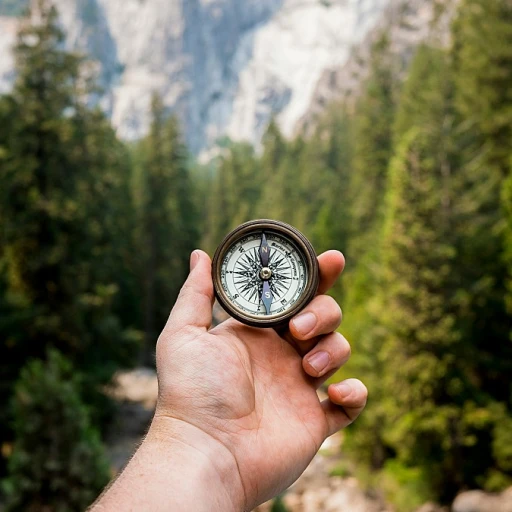
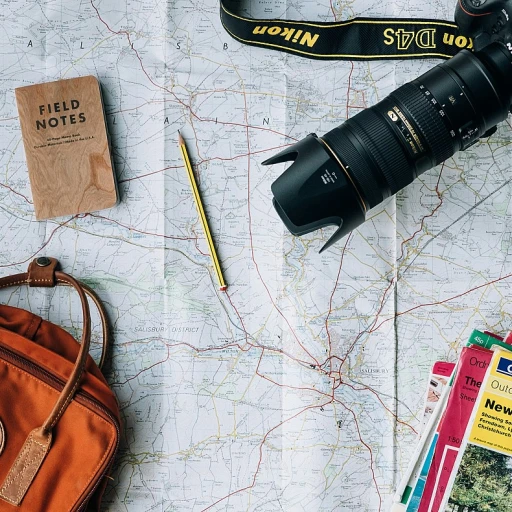
-large-teaser.webp)
